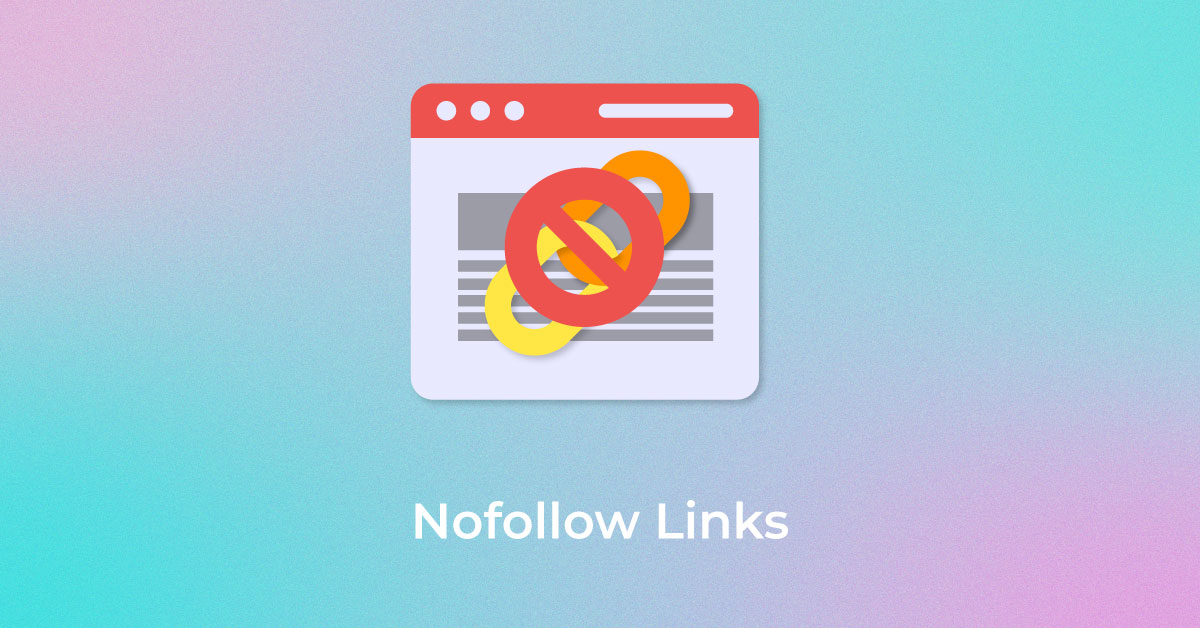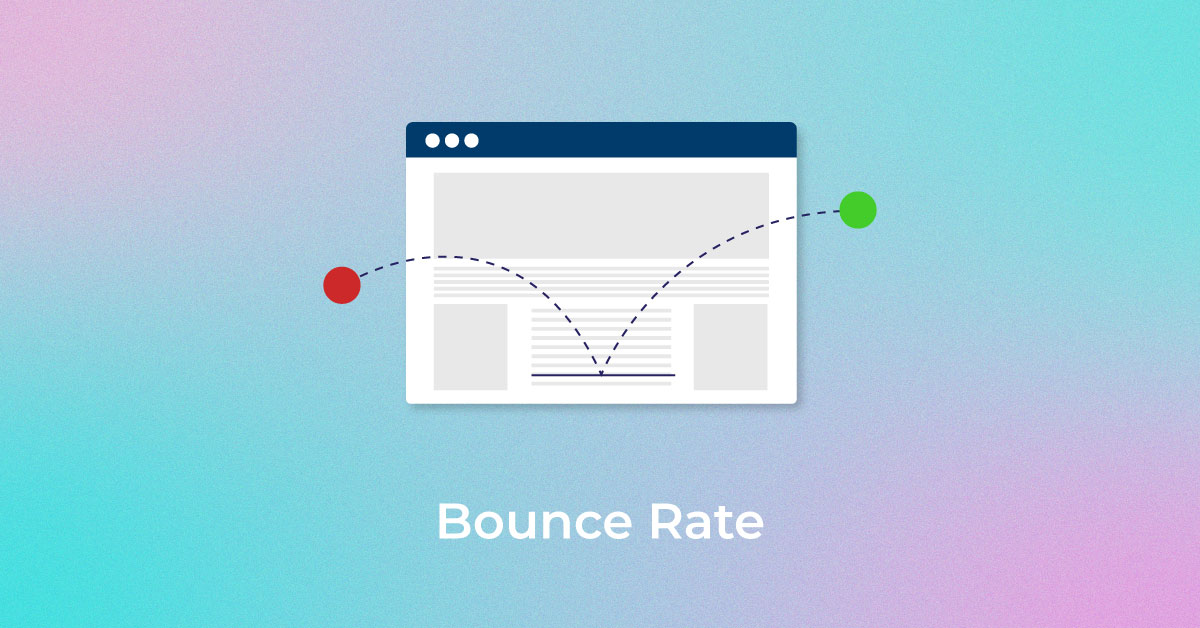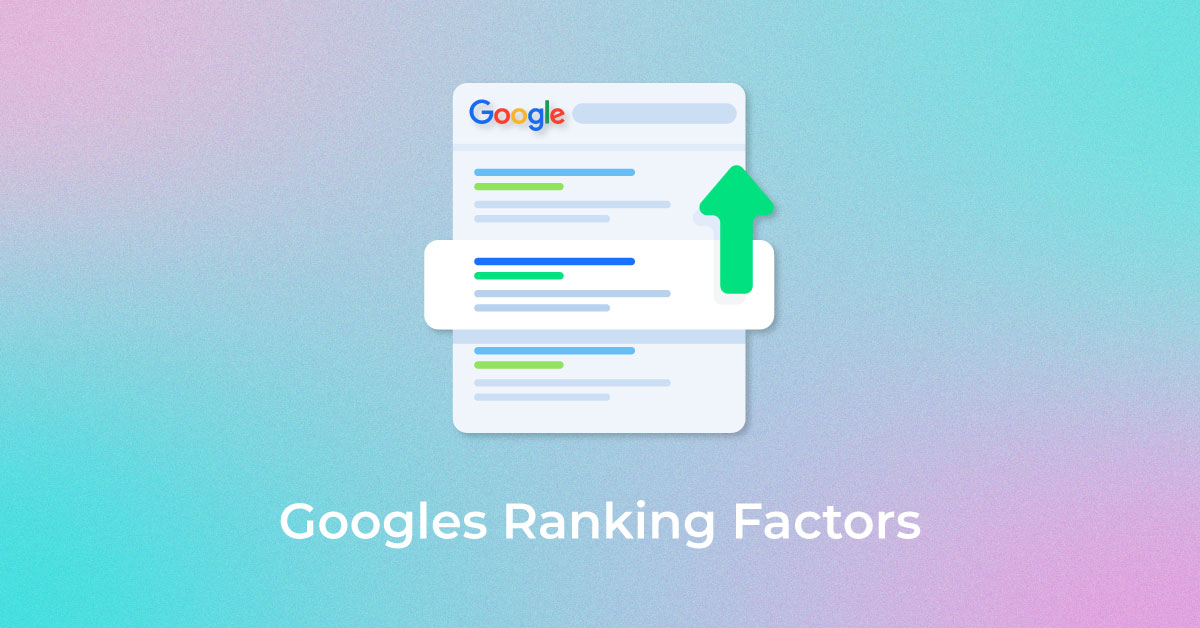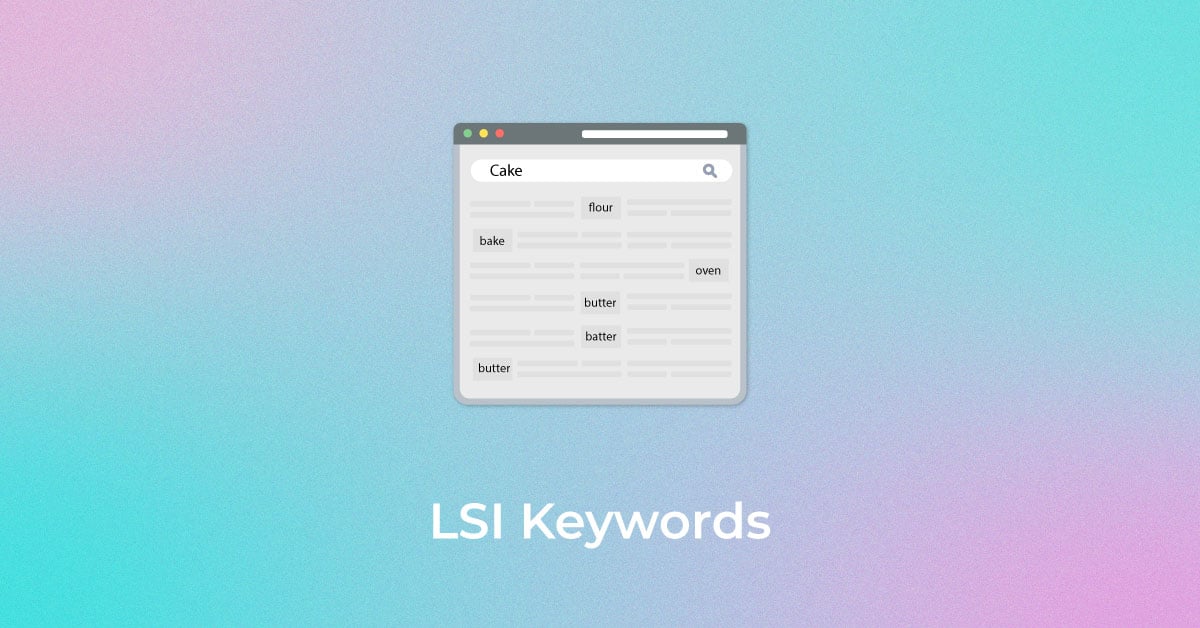Introduction
The world of SERPs has also changed dramatically over the years. It has become more confusing than ever with elements like People Also Ask, Featured Snippets, Top Stories, and more having found a place on the results page. The People Also Ask (PAA) feature is an interesting addition to the SERP that has drawn the attention of digital marketers and publishers alike. The People Also Ask Google feature occupies a huge chunk of real estate on the SERP page, and we are not even sure if the clicks on the PAA listing actually convert into clicks to the webpage.
While we do not have any control over Google’s SERP elements, we can certainly use these additional features to enhance our site’s visibility and reach.
What is the People Also Ask (PAA) box in Google
People Also Ask is a feature added to the Google SERP in 2015. It is a search tool that displays a set of questions that are related to the original query. Once you click on an additional question, a snippet with the answer and a clickable link of the webpage providing the answer are given.
Each time you click on a question from the listing, additional related questions are continuously added to the PAA box. A PAA box, typically, has about 4 questions (sometimes even 3).
The logic behind this feature addition is Google’s remarkable change in its approach. It now wants to focus its energies on becoming a knowledge expert rather than an information engine.
To facilitate quick query resolution, Google introduced the PAA elements. Instead of clicking on various web pages and waiting for multiple websites to load, it is now easy to get the information as quickly as possible. According to a news report in MediaPost, SERP with PAA has increased to 40% for desktops since first introduced in 2015.
Unlock higher rankings, quality traffic, and increased conversions through tailored award-winning SEO strategies.
Elevate your web presence by Infidigit’s SEO solutions.
Unlock higher rankings, quality traffic, and increased conversions through tailored award-winning SEO strategies.
Should I Try to Leverage People Also Ask Boxes to Improve Ranking?
Although the PAA concept was introduced way back in 2015, there’s hardly much information as to what PAA has got to do with influencing people’s interaction with the Google results page. In general, less than 4% of people interact with a PAA box, while this number spikes to about 13.6% for certain queries. Interactions mean expanding the question to look at the answers and not necessarily clicking to the web page. Moreover, since most PAA boxes have a maximum of 4 listings, the competition for real estate on the SERP is vast.
That means you have to show up as a credible answer source for high-volume keywords.
It’s worth noting that:
- Google displays the same set of questions across various queries in its PAA listings. It uses the same page source for high-volume keywords.
- If your page provides valuable answers to multiple common questions, it is possible that Google might use your web page as a credible source of information for any queries.
How frequently do PAA results appear in SERPs?
Not every query search result triggers a PAA box to appear since a large number of SERPs do not have this feature. For instance, the results will need to be refreshed as often as possible for a common keyword such as’ news.’ So, you might find that Google displays a SERP with ‘Top Stories’ rather than a PAA box.
On the flip side, when you search for a keyword like ‘Computer parts’ or ‘apartments,’ Google displays images and a set of 4 PAA answer listings. These keywords are high-volume keywords and relatively generic.
The question listings triggered by keyword ‘A’ can also appear due to keyword ‘B.’ Different keywords can show the same PAA question listings. Moreover, your web page might be removed from the PAA after a while. Google’s indexing process takes into consideration the value of the content provided. If you find your web page demoted from the PAA box, a new website may have recently offered a more helpful answer to the same query.
To be able to appear as a question in the PAA box, you have first to understand the relevance of PAA in your particular industry, related high-volume keywords, and then design SEO strategies accordingly.
Where do PAA Boxes appear in SERP?
A PAA box, in most cases, appears right after the first organic result – over 58% of the time – even though it is a standard blue link or featured snippets. Besides, more than 75% of the PAA’s appear within the first 3 results. It is featured in one of the most prominent places in SERPs real estate.
However, the position of the PAA is not fixed – it can appear in several different places on the SERP. So, does the position of the PAA matter to your business – yes, it might. The position can impact the organic results, the clickthrough rate, and the visibility of your site.
What is contained in PAA boxes?
Questions with question tags such as ‘how,’ ‘why,’ ‘what,’ ‘where,’ and ‘who,’ generally appear in the PAA box. Yet, there are times when search queries without these words also show up on the PAA boxes.
In general, there are five formats into which most PAA results fall. They are:
- Paragraphs
- Lists
- Tables
- Videos
- Mixed Responses
From this list, we can see that the results displayed in the PAA box depend on the type of data availability. In other words, paragraphs are displayed more often as they are readily available compared to videos or lists. It also shows that Google is more likely to display the same as an alternate answer when videos are available. The takeaway – it would help if you worked on a video and text content strategy for your website.
Ways to rank in the PAA box?
There are several ways in which you can leverage PaaS by incorporating them seamlessly into your SEO strategy. With time and effort, you can turn your website into a credible source of information on various topics related to your industry and on specific keywords. With the PAAs occupying a prime spot on Google SERP real estate, you now have a chance to appear on the first page of the page results. If you are trying to bring your website to the PAA box, these key steps will help you turn those interactions into actual clicks.
1. Find popular questions
Finding all the top keywords related to a specific topic is nearly impossible and optimizing contentions equally so To achieve this, you have to first find pages with high-ranking keywords. We can, however, find popular questions related to high-volume keywords.
2. Make sure your page and content are optimized
Now that you have found popular questions for targeted keywords, you should start optimizing your page content. Start by looking at your webpage, check whether the answer to the question is available on your page. Add the solution – make liberal use of videos and images – to your webpage. If your page does not have the answers, you obviously would not have a chance to appear on the PAA listing.
Quality and relevance matter a lot when it comes to ranking in PAAs. You should focus on creating structured content with schema markup to have a better chance of being picked for an answer featured in the snippets or PAA.
3. Check eligibility to rank in PAA Box
You should also check whether you are eligible to appear in the PAA box. We have noticed that Google populates the PAA box with some of the top-ranked websites that appear on the SERP.
If you were looking for a ‘difference between a flat and an apartment,’ the PAA will have answers from sources that appear on the top ten results for the question. So, if you do not rank high for the query, the chances are that your web page will not appear on the PAA list as well. You should optimize your content for a different question.
4. Understand your target query & intent
PAA is an exciting feature on the Google results page. Once you click on a question, more related questions will be generated dynamically. The more questions you click on, the more questions will get generated. However, the questions could deviate or take you on a different tangent from the initial query you searched for. How does Google do this? It looks like Google relies heavily on semantics to anticipate user’s next questions and brings answers that satisfy their needs. It makes sense if you focus on the intent of the question and not solely on the keywords.
5. Pull out PAA listings
You will not optimize your content and develop an efficient SEO strategy unless you have an easy method of extracting PAA questions. Tools, such as Screaming Frog, help you scrape the PAA listings based on targeted keywords. They will provide you with the PAA questions and the URL for the associated page for the targeted keywords.
6. Create FAQ Schema
A helpful FAQ can help your web page rank higher, and it also brings in a steady stream of organic traffic to your site. Now that you have the most popular questions at hand, all you have to do is logically collate these questions – based on search patterns – and provide valuable and credible answers to these questions in your website’s FAQ section.
If there are several questions in your particular niche for which you can be seen as a source, it is a good idea to create a knowledge base. By making use of FAQ page Schema, you can create interesting features like generating featured snippets. This also increases user engagement and eventually brings traffic to your site.
Conclusion
PAA has not been around for a long time, but it has become a standard feature in Google SERP. Ranking on the PAA box can bring in traffic and increase visibility. However, you should focus on the ranking of popular keywords rather than optimizing content for keywords that are searched once in a while. Finally, you should focus on providing valuable content to your users and let Google’s algorithms take care of the rest.
Popular Searches
How useful was this post?
1 / 5. 1

















